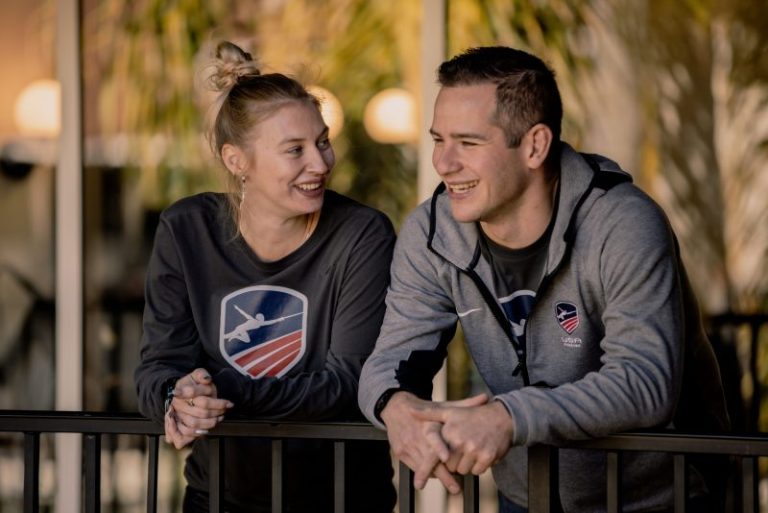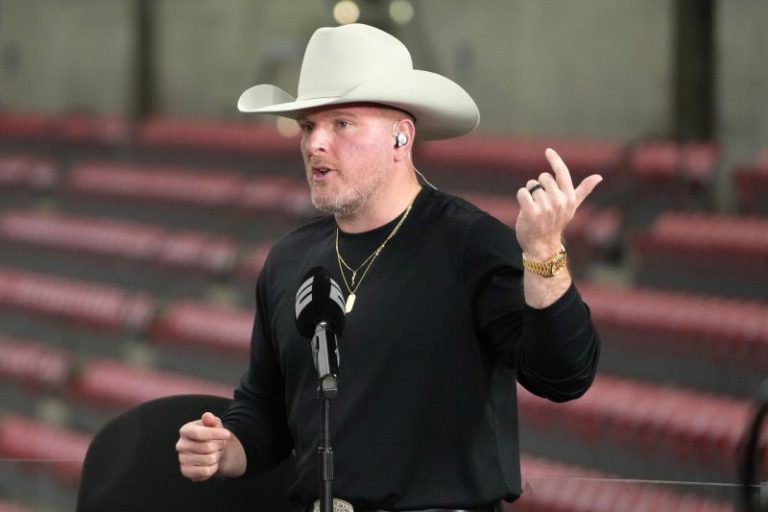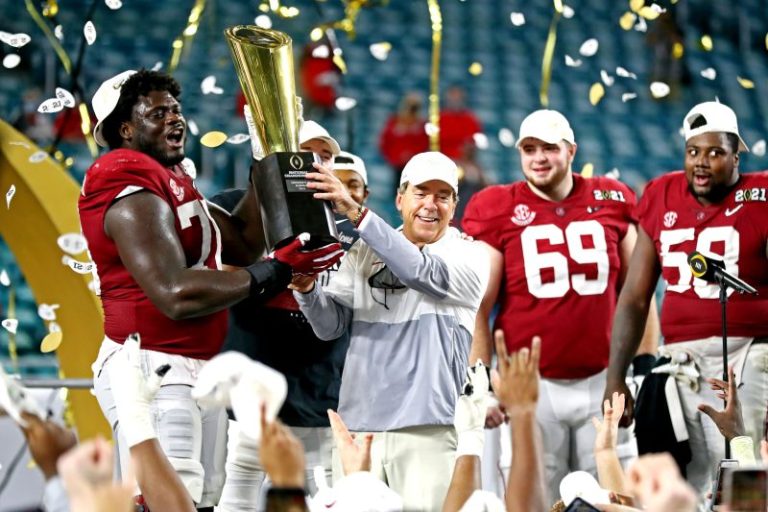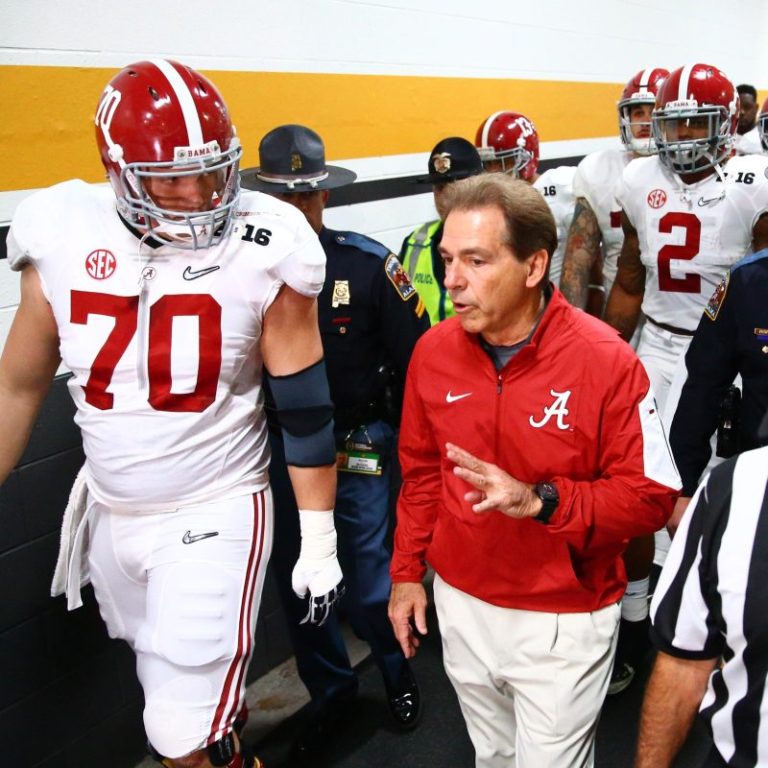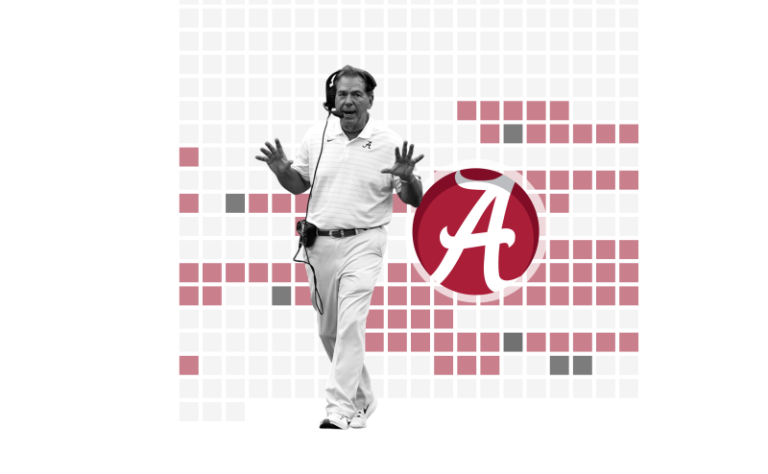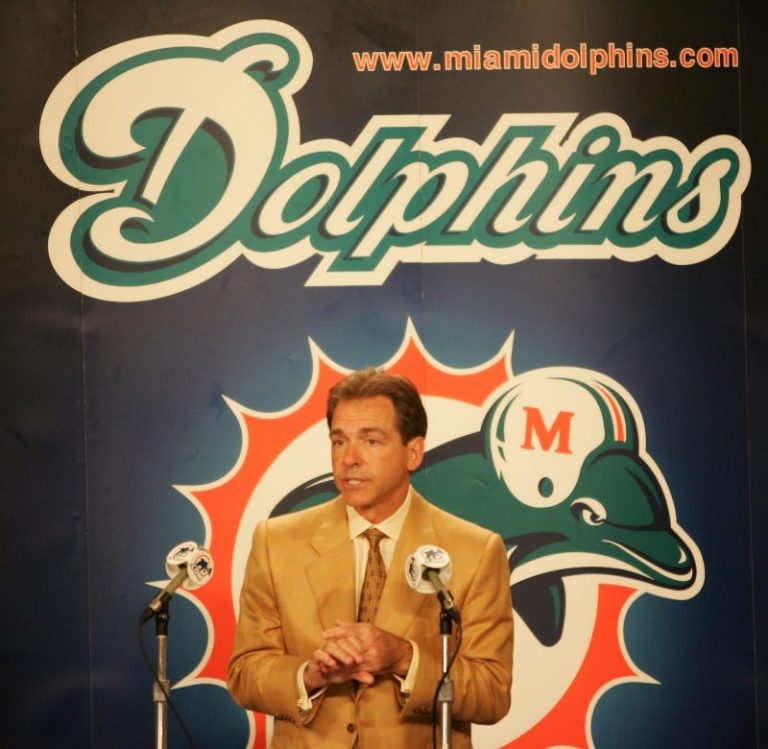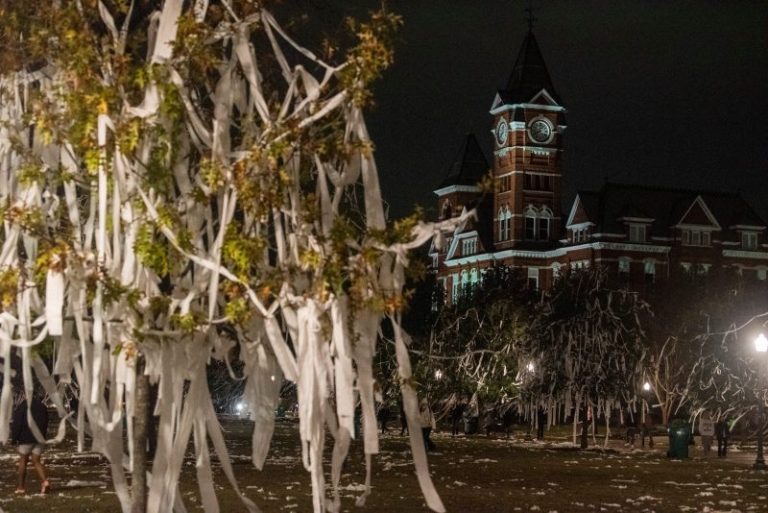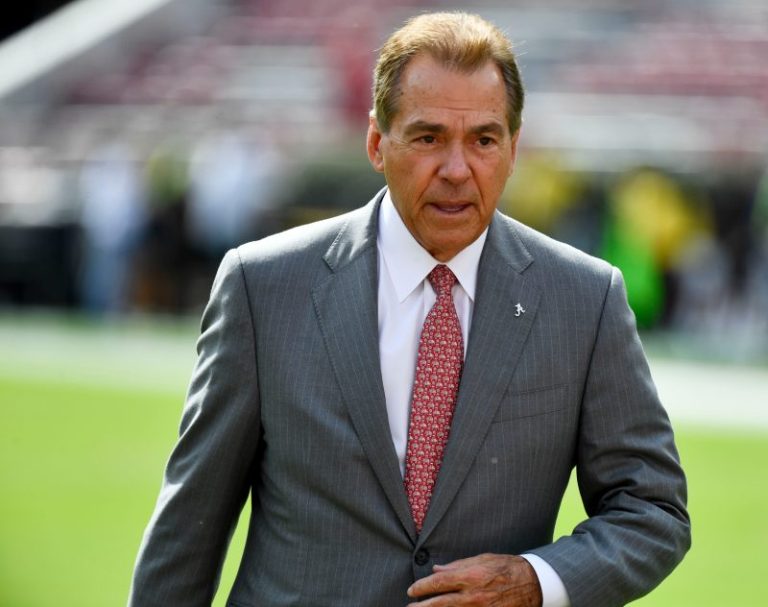I began the week focused on bank earnings, which we will wake up to tomorrow. In that Daily, I wrote, “one can assume that bank stocks, which already started off the year extremely well, have potential to shine.
“However, we know that assumptions can be tricky. There are those who still believe credit issues with Regional Banks could put pressure on the financial markets.“
Bottom line, the Regional Banks ETF (KRE) will help us point the way.
“On the monthly chart, 54.00-55.50 is major resistance using the 23-month moving average (blue) and the 80-month MA (green). That price level also corresponds to the ‘scene of the crime’ from last March. Ideally, bulls should feel safer in all the bank stocks if KRE can clear that resistance. And we don’t want to see KRE fail 50.00 once earnings are reported.”
In the next Daily, we talked about Aluminum, with lots of analysis on both Alcoa Aluminum, which reports January 17th, and the futures contract. “Bottom line, AA and the futures chart are great tools to use to assess the strength of the industrial metals, economic growth, supply and demand, and, quite possibly, a reignition of inflation.”
In yesterday’s Daily, we talked what to look for as we head into week 3 of 2024. Plus, please check out the clips in “Mish in the Media” below on trading commodities I did with CMC Markets and over the weekend, and on StockCharts concerning calendar ranges.
Summing up the 3rd Daily, “Looking at the Economic Modern Family (weekly charts), all of them, to date, peaked in December. The Russell 2000, Regional Banks, Transportation and Retail, as far as index and sectors go, backed off the most from their peaks. Semiconductors are more sideways since the peak, as well as Biotech (which remains the strongest sector right now).
“This sets the stage for a January calendar reset — a range that is effective for the entire year (even though we get a new range in July) and will show itself next week.”
What about Commodities? Now that CPI is out of the way, we are watching for:
“The dollar looks more vulnerable in the longer term, even with the recent pop.
Gold still looks poised, even though it is more rangebound now (another great 6-month calendar ranger to watch). And oil, also rangebound, is starting to consolidate between $70-73 a barrel. We remain of the opinion that commodities can take as long as late spring to early summer to pick back up.”
This is for educational purposes only. Trading comes with risk.
If you find it difficult to execute the MarketGauge strategies or would like to explore how we can do it for you, please email Ben Scheibe at Benny@MGAMLLC.com, our Head of Institutional Sales. Cell: 612-518-2482.
For more detailed trading information about our blended models, tools and trader education courses, contact Rob Quinn, our Chief Strategy Consultant, to learn more.
The Money Show is having a speaker’s special promotion for all of my followers to receive a Standard Pass for the Las Vegas MoneyShow for ONLY $99!!!!
Get your copy of Plant Your Money Tree: A Guide to Growing Your Wealth.
Grow your wealth today and plant your money tree!
“I grew my money tree and so can you!” – Mish Schneider
Follow Mish on X @marketminute for stock picks and more. Follow Mish on Instagram (mishschneider) for daily morning videos. To see updated media clips, click here.
Mish in the Media
Mish offers her thoughts on a number of commodities ahead of the US CPI data announcement in this appearance on CMC Markets.
In this video from CMC Markets, Mish continues with her analysis on gold, oil and gas, this time adding the dollar/yen currency pair and her outlook on the dollar longer term.
Mish talks how the January effect will reveal itself and her focus on the vanity trade in this appearance on Business First AM.
Mish covers oil, gold, natural gas, silver and sugar, plus teaches you how to use charts to determine short-term trading strategies in this video from CMC Markets.
Mish and Maggie Lake discuss inflation (given the wage component in the payroll report), Bitcoin (given the looming deadline for ETF news), the market outlook, small caps, and emerging markets on this video from Real Vision.
Mish covers war, energy, food and a pick of the day on Business First AM.
On the Tuesday, January 2 edition of StockCharts TV’s The Final Bar, Mish (starting at 22:21) talks small caps, retail, junk, and why all three matter in 2024 a lot.
In this appearance on BNN Bloomberg, Mish talks a particularly interesting chart, plus other places to invest in 2024.
In this appearance on Fox Business’ Making Money with Charles Payne, Mish talks with Cheryl Casone about Bitcoin’s volatility and why EVs may not be such a great place to invest in right now.
Recorded on December 28, Mish talks about themes for 2024 to look for, and tells you where to focus, what to buy, and what to avoid depending on economic and market conditions on Singapore Breakfast Bites.
Mish sits down with 2 other market experts to help you prepare for 2024 with predictions, picks, and technical analysis in StockCharts TV’s Charting Forward special.
Coming Up:
January 12: StockCharts TV, January Calendar Ranges
January 22: Your Daily Five, StockCharts TV
January 24: Yahoo! Finance
Weekly: Business First AM, CMC Markets
ETF Summary
S&P 500 (SPY): 480 all-time highs, 460 underlying support.Russell 2000 (IWM): 195 pivotal, 180 major support.Dow (DIA): Needs to hold 370.Nasdaq (QQQ): 390 major support with 408 resistance.Regional Banks (KRE): 50 support, 55 resistance.Semiconductors (SMH): 170 cleared with this sector back in the lead.Transportation (IYT): Needs to hold 250.Biotechnology (IBB): 135 pivotal support.Retail (XRT): 70 now key and pivotal.
Mish Schneider
MarketGauge.com
Director of Trading Research and Education



